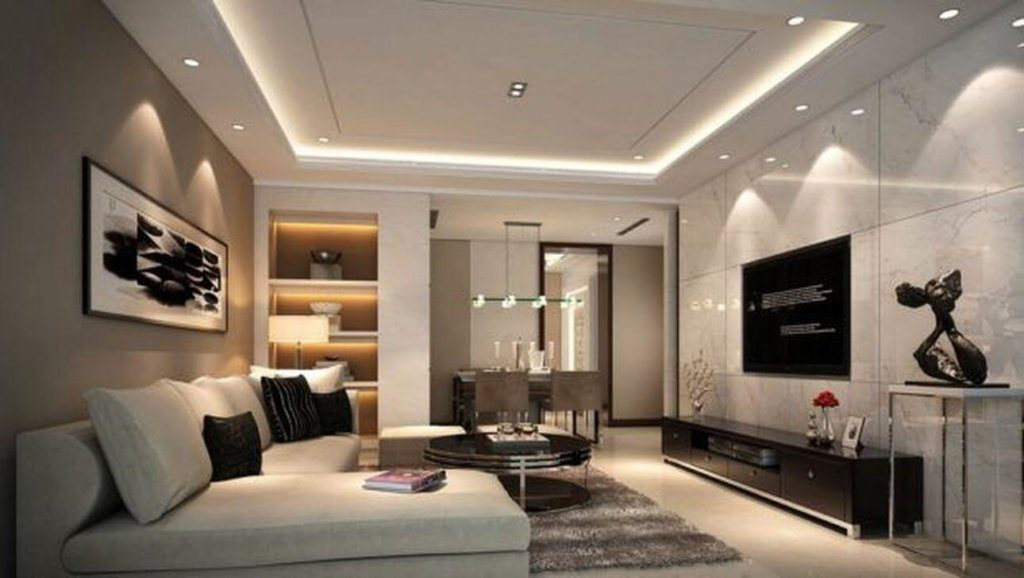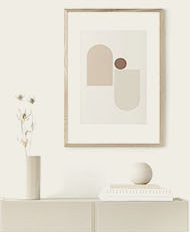
Everything You Need to Know About False Ceiling Materials
A false ceiling, also known as a suspended ceiling is a subordinate, placed a few inches below the structural slab. Although located above eye level, a false ceiling is a design element that can set the vibe of a room. It is a versatile design element that serves a function as well as an aesthetic purpose. It covers the exposed slab and beams simultaneously hiding the ducts and wires. A lot of homes have high ceilings and they can be reduced proportionately using false ceilings.
At times it might be a task to select among the materials present in the market, for your false ceiling. But, before you move forward with the materials at your disposal, you need to take care of a few parameters that can facilitate your selection more appropriately.
How to Select the Right False Ceiling Material?
To begin with, you should determine the area of the ceiling available. Based on this, you can chalk out a befitting budget which can be a guiding factor during false ceiling material selection. A crucial factor for selecting false ceiling materials is ensuring that the structural slab and walls can take the dead load of the false ceiling. This is because the false ceiling is not a load-bearing member, it needs support from the structural members to stay in place. Furthermore, you should hire skilled labor who has the experience and expertise to install false ceilings.
4 Best False Ceiling Materials for Residential Interior Design
The false ceiling design is a key determinant of the material. Whether you want to have level differentials or artistic curves- the material properties such as weight and flexibility will help you achieve the desired look. Below are the key false ceiling materials you can tune-up with your space.
Gypsum
Source: Dream Civil
Gypsum as a false ceiling material is gradually gaining fans. It is a lightweight and flexible material that is factory-made with gypsum as a raw material added to water along with a few chemicals. They are available in standard sizes of 2 x 2ft, and 6 x 4ft and are ready-to-install products. They fit along with in a metal track that is attached to the ceiling with screws creating a disciplined look ensuring a smooth finish and is clean and fast.
A downside to using gypsum is that once installed the only way to carry on repairs in the future is by breaking it down. At times, there can be moisture created over it leading to fungal decay. Drilling inside it can make it prone to cracking. It is recommended for offices or living rooms with high ceilings such as in the case of duplexes.
Plaster of Paris (POP)
Source: Housing
POP is in a powdery form, mixed with water on-site just before execution and applied over a fiber-mesh to get strength, and then put in the frames in the ceiling. Many people opt for POP, as it can be molded in any shape of choice when it is hydrated and retains the form once dried. It provides uniformity upon finishing and looks crisp in addition to being thin.
The right labor needs to be called for, as it requires preparing the right mix of POP to get the perfect bond that does not shrink or crack with time. It is a tedious process and consumes a fair amount of time, not to mention the mess that is created. Try not to hang heavy items on it as it is a fragile false ceiling material.
Wood
Source: Design Cafe
Vintage and warm are the two adjectives that come to mind when we hear or even think of this material. Wooden false ceiling panels are installed by putting wooden planks in line using suspended members to hold them in place. Wood has the power of making a space stand out and take notice because it symbolizes luxury and comfort. Wood as a false ceiling material is recommended for traditional houses or as an accent element in contemporary homes.
Achieving the luxurious wooden finish in your false ceiling can be expensive. Issue of termites can creep in after a few years as wood tends to get moist. Thus, it is advisable to polish the wooden ceiling at the time of setting up.
Metal
Source: Housing
Metal is a dynamic false ceiling material and off late it has swiftly found its place in offices and other recreational and public building cores. It is open to infinite experimentation in terms of shape and gives a very modern look. It gives them the freedom to let the MEP (Mechanical, Plumbing, and Electrical) lines pass easily and is aesthetically pleasing.
They can be used in showrooms and studio apartments. Metals are available in different finishes and can suit any decor. This material can be big-budget and not suitable for every space. Metal false ceiling has the tendency to rust if not treated well.
Final Word
You can consider using two or more of these materials in combination to create a hybrid aesthetic. The right choice of false ceiling material along with appropriate patterns can produce an eye-pleasing design that syncs well with the walls and flooring.














